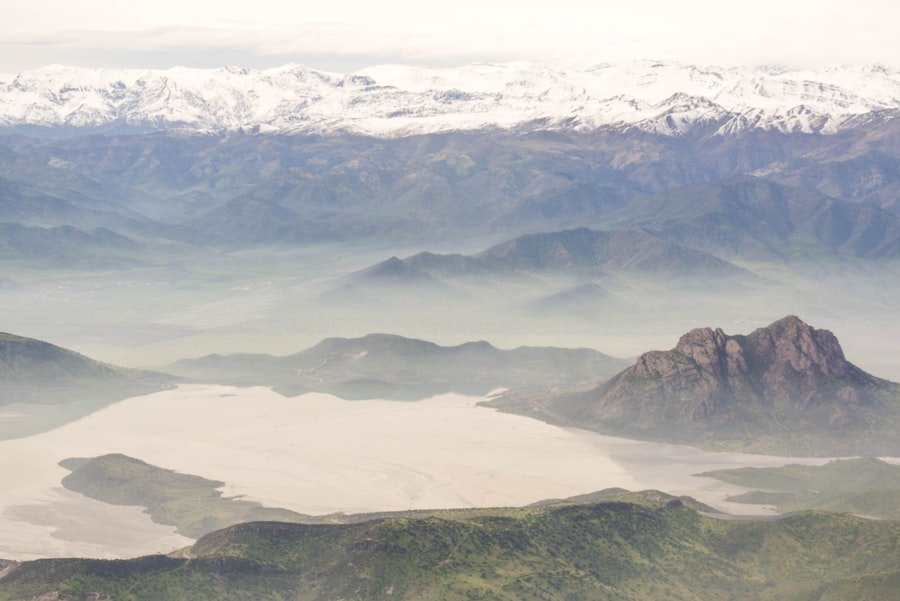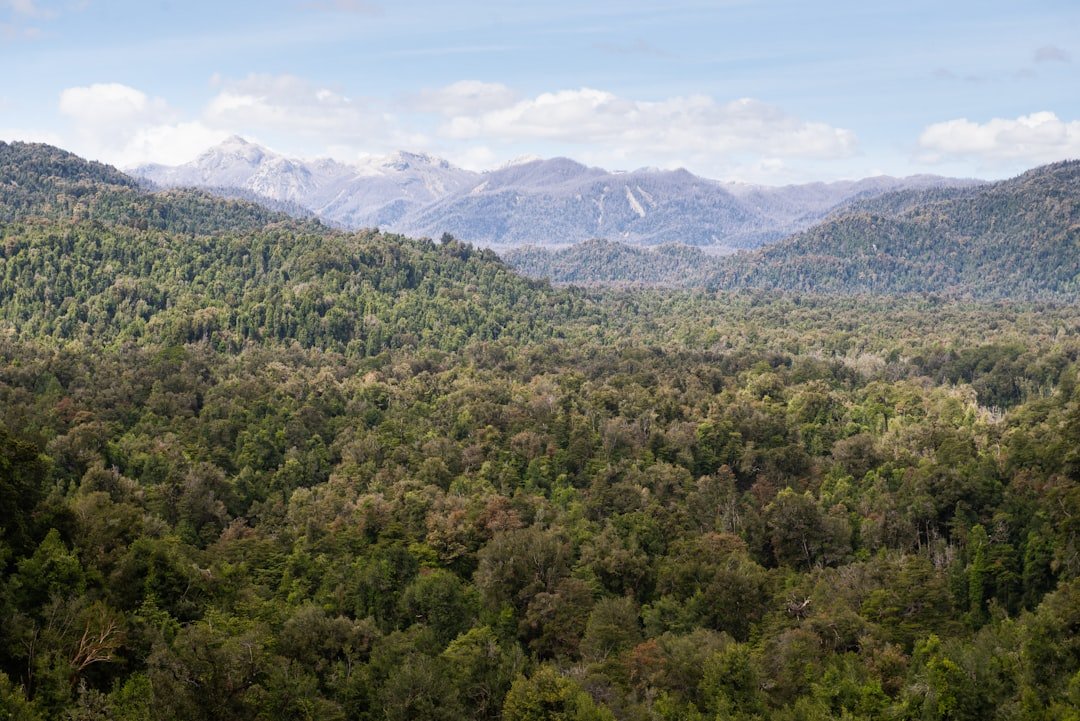Nestled in the heart of the Balkans, Montenegro is a small yet captivating country that boasts a rich tapestry of natural beauty, cultural heritage, and historical significance. With its stunning Adriatic coastline, majestic mountains, and charming medieval towns, Montenegro has become an increasingly popular destination for travelers seeking both adventure and relaxation. The country is characterized by its diverse landscapes, which range from the rugged peaks of the Dinaric Alps to the serene beaches along the coast.
This geographical variety not only enhances its aesthetic appeal but also offers a plethora of activities for visitors throughout the year. Montenegro’s history is as rich as its landscapes, with influences from various civilizations, including the Romans, Ottomans, and Venetians. This cultural amalgamation is evident in its architecture, cuisine, and traditions.
The capital city, Podgorica, may not be as well-known as other European capitals, but it serves as a gateway to the country’s many attractions. From the ancient city of Kotor, a UNESCO World Heritage site, to the picturesque town of Budva, Montenegro is a treasure trove of experiences waiting to be discovered. Each season brings its own unique charm, making it essential for travelers to understand what each time of year has to offer.
Key Takeaways
- Montenegro is a beautiful country located in the Balkans, known for its stunning natural landscapes, rich history, and vibrant culture.
- Spring in Montenegro brings about a blossoming beauty with blooming flowers, lush greenery, and pleasant weather, perfect for outdoor activities and sightseeing.
- Summer is the peak season for beach lovers in Montenegro, with its pristine coastline, crystal-clear waters, and a wide range of water sports and beach activities.
- Autumn in Montenegro is a time for cultural festivals and mild weather, offering a great opportunity to explore the country’s traditions, cuisine, and local customs.
- Winter turns Montenegro into a snowy wonderland, attracting outdoor enthusiasts with its ski resorts, snow-capped mountains, and opportunities for winter sports and activities.
Spring: The Blossoming Beauty of Montenegro
Nature Awakens
The countryside comes alive with wildflowers, while the coastal areas begin to warm up, inviting visitors to explore the stunning landscapes. The national parks, such as Durmitor and Biogradska Gora, showcase their natural beauty during this season, with lush greenery and cascading waterfalls that are particularly breathtaking after the winter thaw.
Cultural Renewal
Spring is also a time for cultural renewal in Montenegro. Various towns and cities host events that celebrate local traditions and customs. For instance, the Kotor Carnival in February often spills into early March, featuring colorful parades and lively performances that reflect the region’s rich folklore.
Festivals and Celebrations
Additionally, the cherry blossom festival in the town of Nikšić attracts visitors who come to witness the stunning pink blooms that blanket the area. This season is perfect for those who wish to experience Montenegro’s natural beauty without the crowds that summer brings.
Summer: The Peak Season for Beach Lovers

Summer in Montenegro is synonymous with sun-soaked beaches and vibrant nightlife. From June to August, the coastal towns come alive as tourists flock to enjoy the warm Mediterranean climate. The beaches along the Adriatic Sea are some of the most beautiful in Europe, with crystal-clear waters and picturesque views of the surrounding mountains.
Budva, known for its lively atmosphere and stunning beaches like Mogren and Slovenska Plaza, becomes a hotspot for sunbathers and party-goers alike. The town’s historic old town adds a unique charm, with its cobblestone streets and ancient fortifications. In addition to beach activities, summer offers a plethora of water sports such as kayaking, jet skiing, and sailing.
The Bay of Kotor is particularly popular for sailing enthusiasts due to its calm waters and breathtaking scenery. Visitors can explore hidden coves and secluded beaches that are only accessible by boat. Moreover, summer is also a time for various music festivals and events that attract international artists and audiences.
The Sea Dance Festival in Budva is one such event that showcases electronic music against the backdrop of stunning coastal views, creating an unforgettable experience for attendees.
Autumn: A Time for Cultural Festivals and Mild Weather
| Festival Name | Location | Date | Attendance |
|---|---|---|---|
| Oktoberfest | Munich, Germany | September 21 – October 6 | 6 million |
| Diwali | India and worldwide | October 27 | 1 billion |
| Harvest Festival | Various locations | Throughout October | Varies |
| Thanksgiving | United States and Canada | Fourth Thursday in November (US) Second Monday in October (Canada) | Millions |
As summer fades into autumn, Montenegro experiences a shift in both weather and atmosphere. The months of September through November bring cooler temperatures and fewer crowds, making it an excellent time for those who prefer a more tranquil experience. The fall foliage adds a magical touch to the landscapes, particularly in mountainous regions where vibrant hues of orange and red contrast against the evergreen trees.
Hiking trails become less crowded during this season, allowing nature enthusiasts to fully immerse themselves in the serene beauty of places like Durmitor National Park. Autumn is also a season rich in cultural festivities. The International Kotor Carnival often extends into September, featuring traditional music, dance performances, and local cuisine that highlight Montenegro’s cultural heritage.
Additionally, wine festivals take center stage during this time as vineyards celebrate their harvests. The Wine Festival in the town of Virpazar showcases local wines paired with traditional Montenegrin dishes, providing visitors with an authentic culinary experience. This season is perfect for those looking to explore Montenegro’s cultural depth while enjoying mild weather.
Winter: A Snowy Wonderland for Outdoor Enthusiasts
Winter in Montenegro transforms the landscape into a snowy wonderland that attracts outdoor enthusiasts from around the globe. From December to February, the mountainous regions become prime destinations for skiing and snowboarding. The ski resort of Žabljak in Durmitor National Park offers well-groomed slopes suitable for both beginners and experienced skiers.
With breathtaking views of snow-capped peaks and pristine forests, winter sports enthusiasts can enjoy a range of activities including snowshoeing and sledding. Beyond skiing, winter also presents an opportunity to experience Montenegro’s unique holiday traditions. The festive season brings various celebrations across the country, with towns adorned in twinkling lights and decorations.
Traditional Christmas markets pop up in cities like Podgorica and Kotor, offering local crafts, seasonal foods, and warm beverages that create a cozy atmosphere. Visitors can indulge in Montenegrin specialties such as priganice (fried dough) or rakija (fruit brandy) while enjoying live music performances that celebrate local culture.
Off-Season: The Best Time for Budget Travelers

For budget-conscious travelers seeking to explore Montenegro without breaking the bank, the off-season months of late autumn through early spring present an ideal opportunity. From late October until early May, prices for accommodations and attractions significantly drop as tourist traffic decreases. This period allows visitors to enjoy popular sites like Kotor’s Old Town or the beaches of Budva without the usual crowds that characterize peak seasons.
During this time, travelers can take advantage of lower rates on hotels and restaurants while still experiencing the charm of Montenegro’s culture and landscapes. Many local businesses offer discounts or special promotions to attract visitors during these quieter months. Additionally, off-season travel provides a unique perspective on daily life in Montenegro as locals go about their routines without the influx of tourists.
This authentic experience can lead to meaningful interactions with residents who are often more available to share their stories and insights about their homeland.
Events and Festivals Throughout the Year
Montenegro’s calendar is filled with events and festivals that celebrate its rich cultural heritage throughout the year. Each season brings unique festivities that highlight different aspects of Montenegrin life. In spring, events like the Kotor Carnival set the tone for vibrant celebrations that continue into summer with music festivals such as Sea Dance in Budva or the KotorArt Festival that showcases classical music performances against stunning backdrops.
As autumn arrives, cultural festivals take center stage with events like the Wine Festival in Virpazar celebrating local viticulture or various folklore festivals that showcase traditional music and dance across different towns. Winter brings its own charm with Christmas markets featuring local crafts and seasonal delicacies that create a festive atmosphere throughout cities like Podgorica and Cetinje. These events not only provide entertainment but also offer visitors an opportunity to engage with local customs and traditions.
Participating in these celebrations allows travelers to gain deeper insights into Montenegrin culture while enjoying authentic experiences that go beyond typical tourist attractions.
Choosing the Ideal Time to Visit Montenegro
Montenegro’s diverse landscapes and rich cultural heritage make it an appealing destination year-round. Each season offers distinct experiences that cater to different interests—whether it’s basking on sun-kissed beaches during summer or exploring snow-covered mountains in winter. Understanding what each season has to offer can help travelers choose their ideal time to visit this enchanting country.
Ultimately, whether one seeks adventure in nature or wishes to immerse themselves in local culture through festivals and events, Montenegro has something special to offer every traveler throughout the year. By considering personal preferences regarding weather, activities, and budget constraints, visitors can plan their trips accordingly to ensure an unforgettable experience in this Balkan gem.
If you are planning a trip to Montenegro, you may also want to consider investing in the best sleeping bag for backpacking travel. Having a reliable sleeping bag can make your outdoor adventures in Montenegro more comfortable and enjoyable. Additionally, don’t forget to pack the best travel toothbrush to maintain good oral hygiene while on the go. And for convenient charging on the fly, consider bringing along the best carry-on suitcase with USB charger to keep your devices powered up during your travels.
FAQs
What is the best time to travel to Montenegro?
The best time to travel to Montenegro is during the summer months of June to August when the weather is warm and the days are long.
What is the weather like in Montenegro during the best time to travel?
During the summer months, the weather in Montenegro is warm and sunny with temperatures ranging from 25°C to 35°C.
Are there any specific events or festivals during the best time to travel to Montenegro?
Yes, Montenegro hosts various events and festivals during the summer months, including the Kotor Art Festival, the Herceg Novi Music Festival, and the International Fashion Festival in Budva.
Are there any drawbacks to traveling to Montenegro during the best time?
One drawback of traveling to Montenegro during the summer months is that it can be crowded with tourists, especially in popular coastal areas. Additionally, prices for accommodation and activities may be higher during this time.
What are some popular activities to do in Montenegro during the best time to travel?
Popular activities in Montenegro during the summer months include visiting the beautiful beaches along the Adriatic coast, exploring the historic towns of Kotor and Budva, and hiking in the stunning Durmitor National Park.
